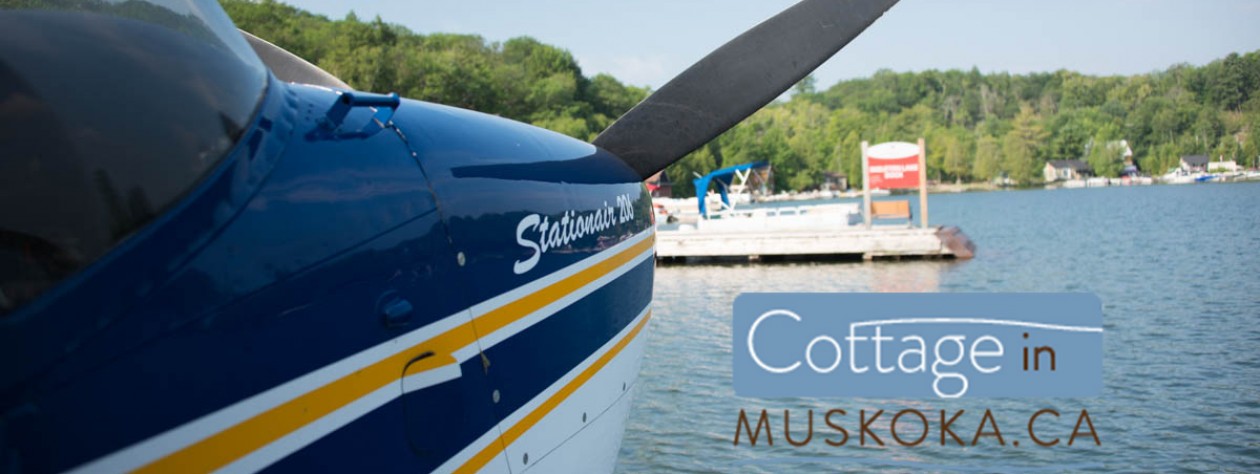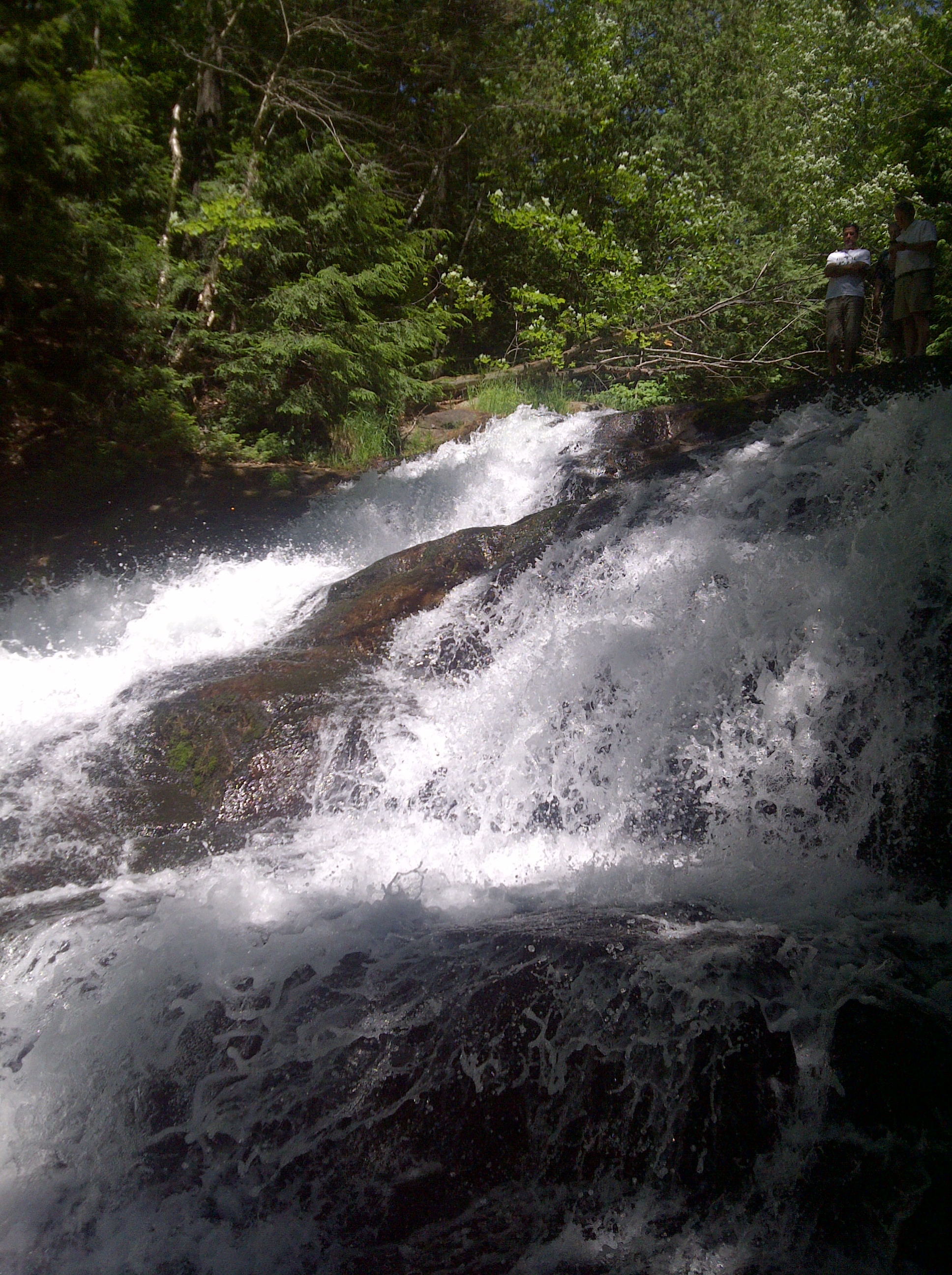The single most important thing you can do to protect the value of your Muskoka cottage waterfront property investment is to protect the water quality of your lake. One of the best ways to help sustain/improve water quality in your lake is to ensure you have a natural shoreline and a buffer zone; an area of natural vegetation running along your shoreline.
The function of the buffer zone is to act as a filter for water flowing to your lake, and studies show that they greatly reduce water pollution. The plants and soil absorb runoff water laden with sediments, nutrients and pollutants harmful to the lake. Turf grass does not do an adequate job filtering water runoff, and is very attractive to geese and other nuisance species.
Native Plants … and lots of them! “Ideally the buffer area is thickly covered with native vegetation. The higher the percentage of the ground that is covered, the better your buffer can work. A landscape made up of native plants is low maintenance. Once established, they can survive without extra watering, and without application of pesticides and fertilizers. Native plants are adapted to deal with local bugs and diseases and can get all the nutrients they need from existing soil.”
On the Living Edge Sarah Kipp, Clive CallawayYou can pre-order native plants from the Muskoka Lakes Association.
“The Annual MLA Seeding Day is scheduled for Saturday May 18, 2013 at the Port Carling Community Centre from 9 am to 12Noon. The emphasis this year will be on Muskoka native species. An order form (with pricing) is available from the MLA website here. We have a lot of seedlings available in some of the most wanted species including White Birch, Balsam Fir, White Spruce, Dogwood and Nannyberry among others.”
Order soon as quantities are limited. Orders can be emailed to info@mla.on.ca, faxed to (705) 765-3203 or mailed to Box 298, Port Carling, ON, P0B 1J0









